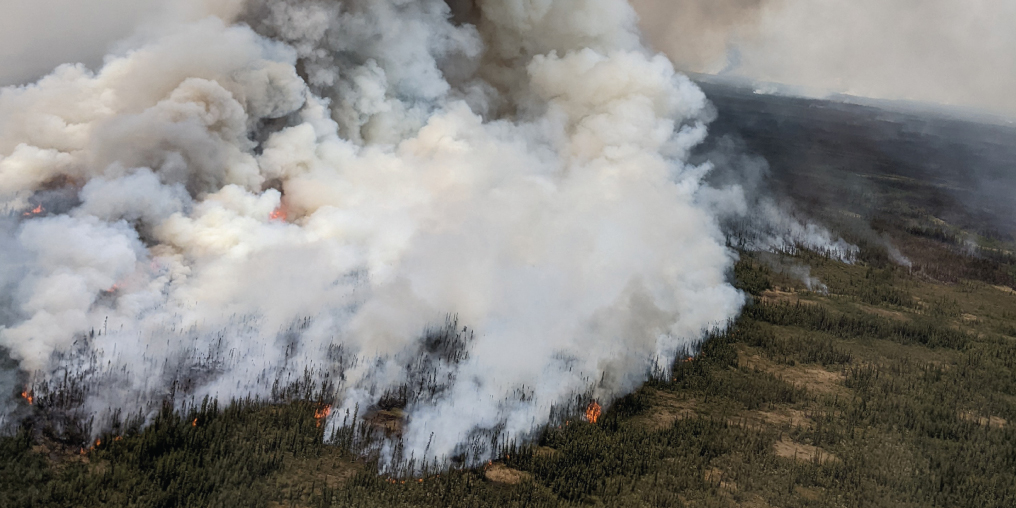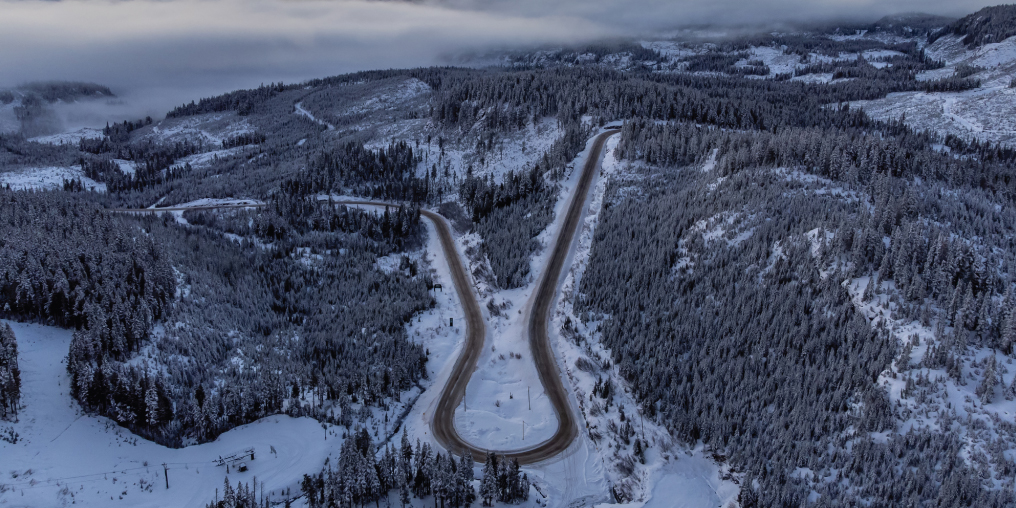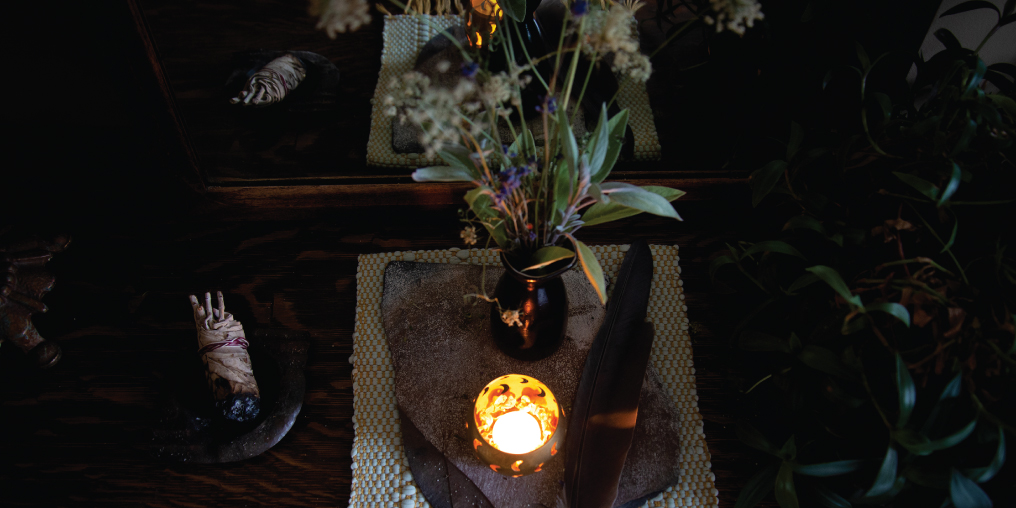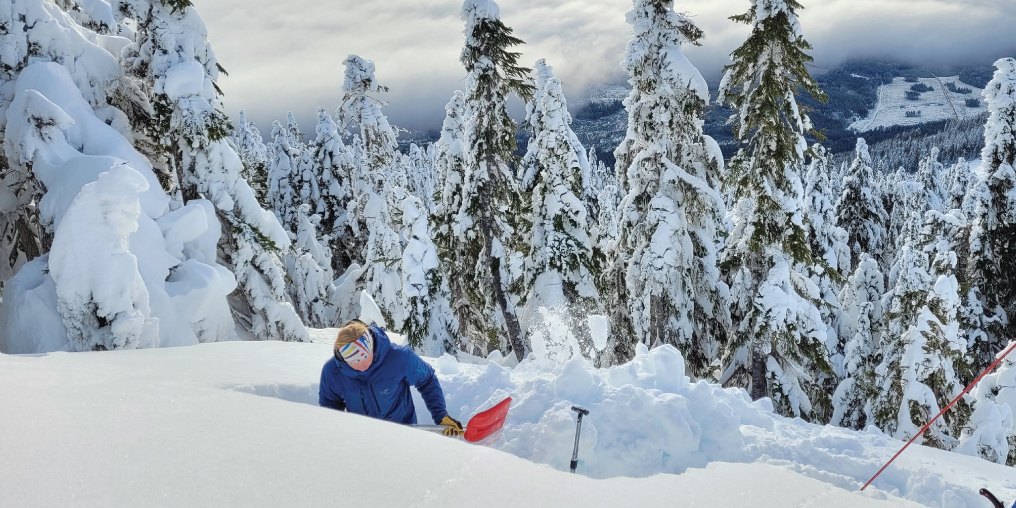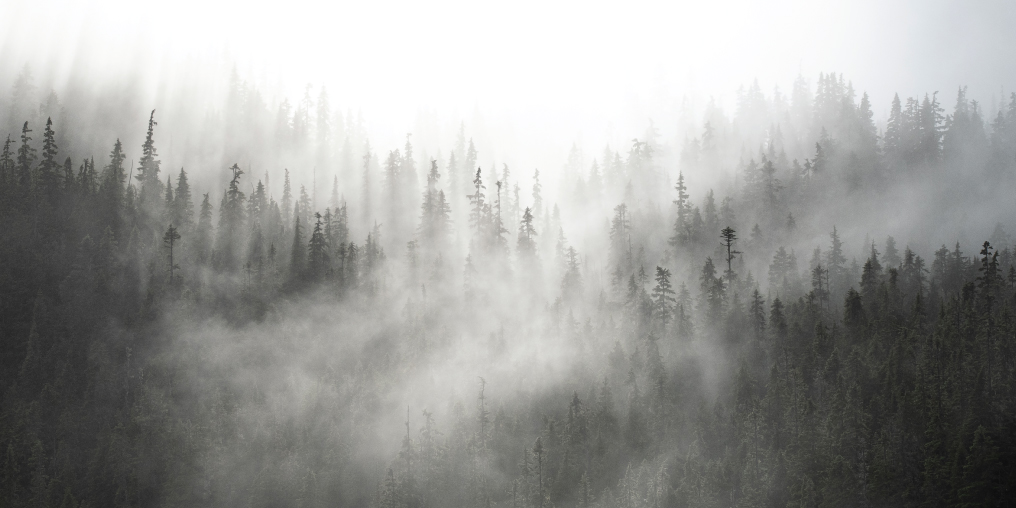In the summer of 2023, approximately 70 local emergency services personnel from the Comox Valley were deployed to help communities affected by wildfires in the British Columbia Interior. Some went for a few days; others went for a few weeks; some put in several rotations.
They weren’t only firefighters; there were emergency management and support service specialists, health service and disaster psychosocial service providers, and RCMP members. For most, this work is their career, while others are volunteers.
Recently, I was invited to sit with a group of these people as they discussed their involvement in the biggest wildfire summer in the recorded history of the province. Everyone at that table thinks deeply about emergency preparedness. They train, they plan, they run scenarios, and many of them have helped at other wildfire or flooding events.
But even so, this past summer was more intense than anything they had seen before. Listening to their conversation about what they dealt with was astonishing: the scale of the emergency, the people they dealt with, the lessons they learned.
I wish everyone had the opportunity to hear how committed, thoughtful, and dedicated these folks are. In this feature, you’ll hear directly from them about what this fire season was like.
In our next issue, we’ll give you concrete information about how all of us in the Comox Valley should be preparing for a future emergency.
There were over 22,000 evacuees this summer in the Kelowna area—a huge number of people in need of assistance. I spent 10 days in their regional Emergency Operations Centre (EOC), where half a dozen local governments were coordinating the response to the fires. I was deployed to work with the team who were helping evacuees.
The effects of the emergency reached far beyond where the fires were burning. As I was trying to get to Kelowna, it seemed everyone I spoke to along the way had a connection to someone impacted by fires. On my flight to Penticton, nearly every passenger was trying to get home because their area was under an emergency order. At almost the last minute before landing, the flight was rerouted back to YVR because new structure fires had resulted in near-zero visibility. The tension and frustration in the cabin was heartbreaking.
Back at Vancouver airport, I think I got the last rental car. With my seatmate from the plane, who was from Kelowna (and on order), I drove on almost empty highways toward the fires. The only other vehicles were fire engines, coming in from all over the place. I lost count of how many fire engines I passed. We arrived in Kelowna after 10:30 p.m., and by 11 p.m. I was walking into the EOC to get acquainted with the hardworking folks there.
Every day as I walked from my hoteI to the EOC and back, I had no concept of my surroundings because they were obscured by heavy smoke. I was so surprised to see the sun on Day 9 that I snapped a photo as proof.
At the EOC, the hours were long as we worked to help evacuees, each with a different situation. There was a lot of improvisation and planning on the fly. The only way we knew the time was from the smell of the next meal.
Cari McIntyre is the CVRD Emergency Planning Coordinator
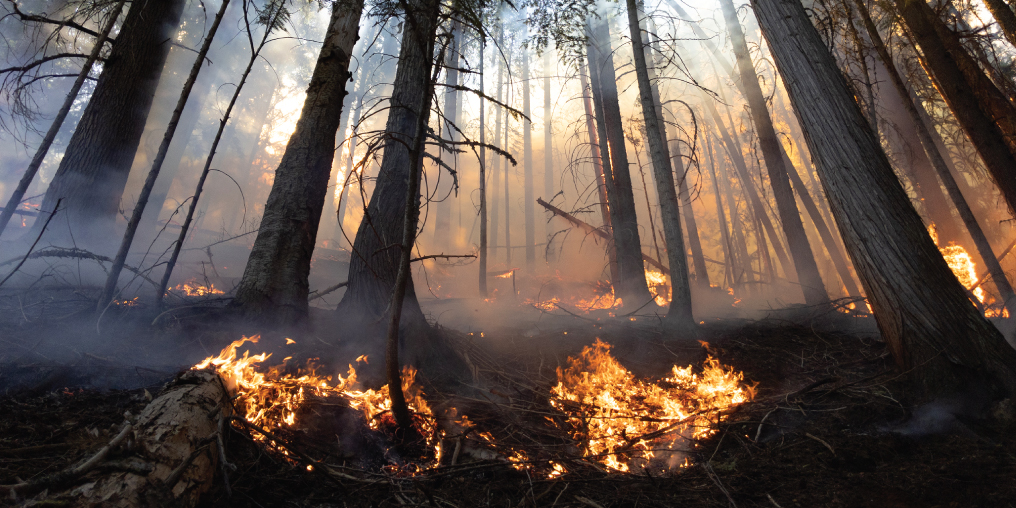
Four takeaways from other people who deployed.
These are all quotes from real people, but the respondents are not identified to protect their privacy.
FIRES ARE GETTING WORSE
Almost everyone commented on the scale and intensity of the fires, and at least one person reminded the group that Vancouver Island isn’t immune to this threat: Fuel is fuel. It’s just a matter of time.
The fire that burned in 2003 was nothing compared to the fires that we’ve had in the last few years. These fires are way more aggressive, burn a lot faster, and get there quicker.
Regardless of what you believe the cause of climate change is, it is real and it is influencing the hazards we face … This year’s fire is not necessarily going to look the same as the fire you experienced 15 years ago.
The devastation—there’s no rhyme or reason to it. Sometimes this house would be gone, the next two houses were saved.
You can’t control Mother Nature in those situations. It’s gonna do what it’s gonna do.
RISING TO THE CHALLENGE
Everyone from the Valley was aware that at the end of their deployment, they would just pack up and go back home, but the local crew they were there to assist might not have a home to go back to. There was a lot of admiration for how local governments and residents got the job done, and sympathy for their situation.
You’re trained and ready, but circumstances may require you to do something other than what you thought you were going to do. You need to bring an adaptive mindset and be ready to improvise.
I think a lot of people were working out of their comfort zone this summer.
The major part of my deployment was to the Wilson’s Landing area, by Okanagan Lake Resort, and it was apocalyptic there: 13 members lost their homes in the fire. They’ve got a very small department, so that’s like 50 per cent … You’ve got these members that have lost their homes, and they’re right there with everybody else, trying to protect what’s left. It was very sobering to go in there.
Scotch Creek lost their fire department. There they were, all the members in their fire trucks sitting in a parking lot [waiting for the residents to come back and view the devastation].
I met a member from Scotch Creek who lost his house and he was still working. I asked him why and he was like, “I have nothing else to do except help others right now.”
The ESS responders and workers at the reception centres … they’re all retired, in their golden years. They’re working 10, 12, 14-hour days, unpaid. And they show up with a smile on their face and provide a great service to the members of the community. It was amazing to see these people take so much pride in the work they do.
A Valley-based career firefighter who deployed to the Interior three times this summer says: For career members; that’s one thing, but others who deployed multiple times are volunteers and take time off from their own jobs, families, responsibilities at home, to go help strangers on the other side of the province… That’s a huge amount of dedication.
THERE’S A LOT THE PUBLIC DOESN’T SEE
An emergency is an incredibly stressful time for all concerned. Several responders spoke about the anger and frustration that residents in specific areas felt about evacuation orders, lack of sufficient resources in all areas, and other difficulties. It’s important for everyone to get correct information and follow the orders.
You really have to be listening to fire behaviour experts and specialists, because it is not the same fire behaviour that you may have personal experience of.
Okay, you’re evacuated. Stay away, let us do our job. And then you can come back when it’s safe and hopefully your home made it through the fire.
Even though provincial response agencies may say a fire situation is under control, it doesn’t necessarily mean “You can go home right now,” because they’re speaking about a tactical win. But there’s so much additional work that needs to go on before people can go home: Hydro has danger trees to deal with. There are roads that aren’t safe. There’s infrastructure that’s been damaged.
People need to be patient with what’s happening. People figure, “Okay, the fire’s out or the fire’s gone by, I want to get home.” They don’t understand that there’s a major teardown operation that has to happen.
HELP US HELP YOU
Firefighters work to save as many properties as they can, but they can’t save every house. Being prepared ahead of time might be the difference between your home being saved or burning to the ground. And if you do have to evacuate, it will help you feel better to have your loved ones and pets planned for, and your important documents in one place.
Out of the 60 or 65 homes, we only had the resources to protect about 20 or 25, but the whole community had done a FireSmarting project back in the spring. So we didn’t have to worry about this whole street.
When the fire’s coming over the hill, that isn’t the time to start doing FireSmart, to start your emergency preparedness kits, and all that stuff. It’s going to be too late. Now is the time that you can start doing FireSmart on your own house so it becomes defensible for us when we show up. Because last-minute doesn’t work.
I worked at a remote centre for four days and had some contact with the evacuees. The people who fared the best (or at least showed the least amount of stress when they showed up at the centre I was at) were the ones who were prepared. They knew what their insurance covered. They had a grab-and-go bag. They understood the difference between an alert order and evacuation order.
WHAT YOU CAN DO RIGHT NOW TO GET PREPARED:
1. Register for the Emergency Notification System for the Comox Valley: https://comoxvalley.connectrocket.com
2. Pre-register with the Provincial Emergency Support Services: https://ess.gov.bc.ca. Ideally create a profile that is authenticated by the BC Services Card app to reduce the need to stand in line at a reception centre.

